Mouth Piercings: Types, Cost, Chart, Pain, And Healing
Permanent facial embellishments that add a magnetic intensity to your overall appearance.

Image: Shutterstock
Mouth piercings have become a sort of edgy and powerful form of self-expression nowadays. From seductive lip piercings to daring frenulum and uvula piercings, they are an ever-growing trend with thousands of takers. It does not come as a surprise since this simple facial piercing gives your face an intense level-up, making you feel bold and confident, eliciting compliments and reverence everywhere you go. But is everything really all that simple when it comes to mouth piercings? Speech and eating inconveniences aside, mouth piercings also come with a potential risk of infection. Plus, you may even end up chipping your teeth! But do not be alarmed yet. There are ways to ensure the safety of your oral piercing and keep dental health risks at bay. So, without further ado, dive into this article with detailed insights into the mouth-piercing trend, its process, risks, and more.
 Piercing Guide: Mouth Piercings
Piercing Guide: Mouth Piercings- Placement: Mouth area including the lips, skin around the mouth, and tongue
- Best Jewelry: Captive bead rings, studs, and barbells
- Cost: $30 to $200
- Pain Level: Medium to high
- Healing Time: 4 weeks to a year, depending on the location
In This Article
Types Of Mouth Piercings
Mouth piercings can be broadly classified into two types – intra-oral piercing which is inside your mouth and perioral piercing which is visible on the outside of your general mouth area. Let us further explore what types of oral piercings you can have on different parts of the mouth.
1. Tongue Piercings
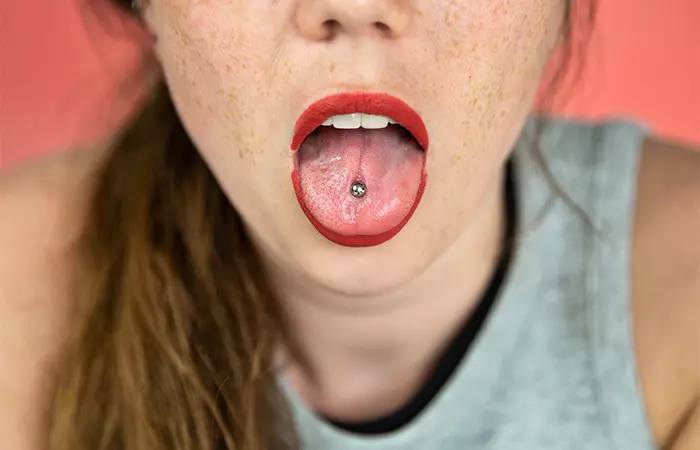
This piercing is done through any part of the tongue. It can be a standard piercing that goes straight through the center, or one done on the thin frenulum tissue under the tongue which connects it to the lower jaw. There are different types of tongue piercings, such as snake eyes and frog eyes, distinguished by their placement and number of piercings. However, snake eyes and frog eyes piercings are not recommended because they go horizontally through multiple layers of tissue, which can lead to serious complications.
2. Lip Piercings

This type of piercing is done on any part of the upper or lower lips as well as the surrounding area. Spider bite and philtrum piercing are some examples of lip piercing that do not involve the lips themselves.
 Trivia
Trivia3. Low Cheek Piercings
View this post on Instagram
These are done on the cheeks, usually on either side of the lips, to create the illusion of embellished dimples. But you can also get single piercings done on one side only as well.
4. Frenulum Piercing
A frenulum is a small band or fold of soft tissue that connects two organ structures to secure their movement. In the mouth, besides under the tongue, there are two other frenulums. One connects the upper lip to the gum in your upper jaw and the other connects the lower lip to the gum in your lower jaw. Listed below are two different frenulum piercings you should know about:
- Smiley Piercing
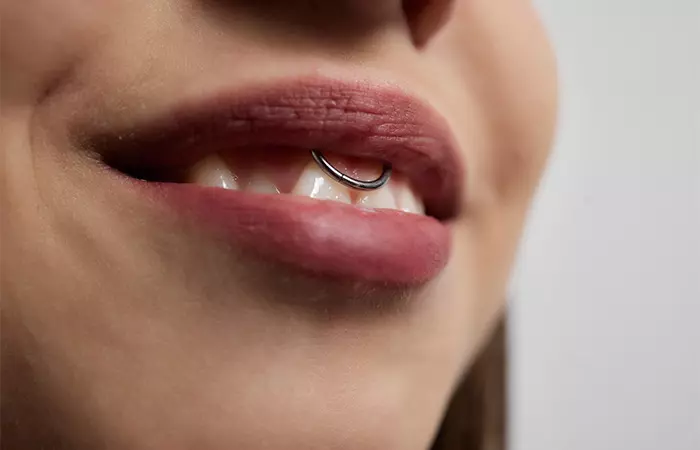
A smiley piercing is done on the upper lip frenulum and is called so as it becomes evident when the wearer is smiling.
- Frowny Piercing
View this post on Instagram
The frowny piercing, also called the anti-smiley piercing, is done on the lower lip frenulum and is called so as the lower lip has to be tugged outward into a frown to reveal it.
5. Uvula Piercing
View this post on Instagram
The uvula piercing, as the name suggests, is done on the flappy tissue hanging from the roof of the mouth at the entrance of the throat. It is a rare piercing known to be extremely painful and tricky to execute. However, piercers usually don’t recommend it due to the high risk of complications, such as infection, swelling, or interference with breathing and swallowing.
When you visit a licensed piercing professional, you may find these piercings and styling ideas displayed on a simile chart as shown below. Scroll down to check it out!
Key Takeaways
- Mouth piercings are extreme forms of body modifications that are at high risk of infection due to the moistness inside the mouth and the constant movement while eating or speaking.
- Their placement along your mouth also implies a big risk of permanent damage to teeth by way of enamel fractures and dental abrasions.
- Metal mouth piercings can harbor bacteria, therefore it is important to take extra oral hygiene measures to keep the jewelry and mouth clean.
Oral Piercings Chart
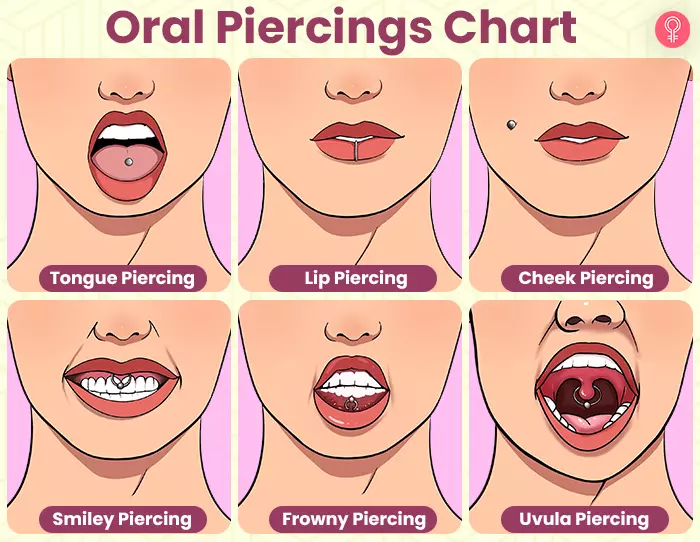
This oral piercings chart gives you a quick glimpse of the different types of trending mouth piercing styles. Most, if not every, piercing parlor should have a similar chart handy to help you decide which oral piercing you would like to get. Some charts may also offer tips for customization, styling, aftercare, and preparation before the piercing appointment. They can give you a detailed breakdown of the piercing process and answer all your queries. Additionally, they may also mention the costs of each of these for the convenience of their clients.
Some of these charts even include a pain scale so you know how much discomfort you face with each piercing. Continue to the next section to learn about the pain levels associated with mouth piercings.
Pain Level Of Mouth Piercings
The intensity of a mouth piercing pain varies depending on where the piercing is located. For example, a lip piercing on the skin just at the corners of your lips may cause more pain since it is delicate and used often. However, since your mouth is a highly exposed area with complex nerve and tissue structures, any piercings in the area are generally considered moderately painful during the piercing as well as the healing period. As per anecdotal reports, standard tongue piercing at the front tip should be comparatively less painful than other mouth piercing locations.
Chelsea, a lifestyle blogger, talks about her two lip piercings and their pain levels. She writes, “As the needle goes in you can feel the skin rip apart, but it is only a brief pain. I would say a 4-5 out of 10 (i).” She later got a spider bite lip piercing and compared her experience with the previous one, “This one hurt more than my first lip piercing, I guess because it was nearer to the center where it’s thicker but it still wasn’t too bad. A 5-6 out of 10 maybe.”
That shows how mouth piercings may hurt differently depending on the specific location. But how long does the pain last and when does the healing process get easier?
How Long Does It Take For A Mouth Piercing To Heal?
Mouth piercings are typically done with large needles, sized 10-16 gauge. These piercings are typically accompanied by swelling and pain that can last 3-4 weeks. You may notice tenderness, light bleeding, discharge, and swelling during the initial 3-5 days of healing (1). This is a normal part of the healing process and nothing to be worried about. After a week, you may still have some minor inflammation that will gradually subside. However, this does not mean that the piercing is completely healed. Often, the piercing looks healed on the outside, but takes longer to recover on the inside since the tissues need to repair. In some cases, depending on the placement of the piercings, it may even take 3-6 months to a year to heal completely.
A sure way to keep the healing process on track is to follow the right care instructions provided by the piercer. Keep reading for some helpful tips.
Mouth Piercing Aftercare
Your general mouth area is highly sensitive and vulnerable to environmental bacteria, which increases the risks of mouth-piercing infections. Ensuring hygienic and mindful aftercare practices can help minimize those risks. Keep the following tips in mind for a comfortable healing experience (1):
- Depending on where your piercing is placed, the piercer may recommend that you avoid brushing your teeth for 3-5 days. You can keep your mouth clean using a mild mouthwash.
- Use a new soft toothbrush after the initial healing phase to avoid any bacterial transfer from your old toothbrush. Brush your teeth thrice a day using non-whitening toothpaste.
- Keep the piercing site clean. Wash your mouth with a gentle antiseptic mouthwash after every meal and before going to bed.
- Clean metal piercings with extra care as they harbor bacteria and get plaque deposited on them.
- Avoid over-cleaning the piercing as it can lead to irritation instead of ensuring cleanliness.
- Use an aftercare cream after the cleaning process as instructed by your piercer.
- Do not remove or rotate the piercing even if it makes you uncomfortable as the piercing is supposed to heal around the piece of jewelry.
- Do not play with the piercing with dirty hands or with your tongue as it may rub the healing piercing raw again. Also, avoid stylizing your piercing with extra accessorizing elements to minimize the strain on it.
- Always wash your hands with an antibacterial soap when touching your piercing.
- Avoid swimming as both pools and natural water bodies may be contaminated and cause infection of your piercing.
- Consider taking daily multivitamins that may promote quick healing.
- Avoid smoking and alcohol consumption during the healing period.
- Avoid kissing, oral sex, or other oral activities that may strain the piercing.
- You should be careful with what you eat. Avoid spicy and sticky or clumpy food that can burn or snag on the piercing. Chelsea, talking about eating after getting her first lip piercing, adds, “Eating that day was an experience! I discovered food like mashed potato was not a good choice as it clung to the ring and the fresh open wound. It heals in a few weeks and I’ve never had an infection in the 4 years I’ve had it.”
If you do not take the above precautions, you put your piercings at risk of bacterial infections that can be extremely painful, take longer to heal, and even turn septic. Mouth piercings are not risk-free and you need to be aware of all the potential dangers. Learn more about them in the next section.
Side Effects Of Mouth Piercings
Mouth piercings, like all body modification processes, come with potential risks, as they are raw wounds that take some time to heal and are vulnerable to environmental bacteria and accidental injuries. Some of the common side effects of mouth piercings are as follows.
- Infections
Studies show that 10-20% of all body piercings may end up with a local infection (2). These infections can be caused due to unsanitary piercing practices or negligence in aftercare methods when the piercing is still raw. Further, untreated infections may turn septic, damage organs, and lead to life-threatening diseases (3). Signs of infection include excessively painful swelling, redness, and unusual discharge. Other signs you need to look out for include bleeding, fever, shivers, and tremors (3). - Allergic Reactions
Those with skin sensitivity issues may develop an allergic reaction against the piercing jewelry material, leading to redness, swelling, and inflammation (4). The common metal allergens are nickel, cobalt, and alloy metals, which must be avoided by people with sensitive skin. - Migration Or Rejection
Piercings on flat parts of the body, or in areas with less tissue, such as the frenulums, may not hold the piercing well (5). Further, tongue and jaw movement can tug at these piercings, moving or forcing the jewelry away from the intended piercing spot, stretching the tissue along with it. - Oral Damage Or Trauma
The constant movement of the mouth area while speaking, eating, and yawning may make the piercing rub against the inner tissues abrasively. Tongue jewelry may specifically interfere with speech and, in the case of excessive swelling, may cause difficulty in breathing. One may incur nerve damage if the piercer is inexperienced or gum damage if the piercing is constantly fiddled with. They can also cause damage to teeth, like dental fractures and abrasions (6). If you are not careful, these may even escalate to oral diseases like gum disease. These issues are inevitable in most mouth piercings and expensive to remedy. - Excessive Bleeding
If you are on blood thinning medications such as warfarin, you must consult your doctor before piercing. Blood thinners put the body at an increased risk of bleeding (7). Excessive bleeding during the piercing insertion may continue during the aftercare phase, slowing down the wound-healing process.
Besides all these side effects, certain mouth piercings may simply be very inconvenient. Avoiding dental abrasions would require being extremely careful with what you eat, how you eat, and how you clean your mouth. So think of all these through, understand how it may impact your lifestyle, and make an informed decision about getting your mouth pierced.
If you are determined to go ahead with the process despite its risks, armed with all the precautions, you might want to know the expenses involved. Move over to the next section for a detailed breakdown.
Cost Of Oral Piercings
The cost of just the piercing process for oral piercings should range between $30-$100 based on the location of the piercing, the number of piercings, and the level of expertise required from the piercer for tricky locations like the uvula and frenulums. However, this price is exclusive of the piercing jewelry that may be another $20-$100 depending on the material and style of the piercing jewelry.
Do note that you may find local establishments offering oral piercing services for $20 or less, but they do not guarantee your safety. Be mindful of setting a budget that does not compromise your oral and general health. Additional costs may include aftercare products and the use of a numbing cream during the piercing process as well.
Moving forward, take a look at the different piercing jewelry types you can use to style your oral piercings.
Mouth Piercing Jewelry
Jewelry pieces for mouth piercings are similar to other body piercing accessories and may be styled similarly. Explore the different options below.
Types Of Jewelry Used
Based on the shape or form of the jewelry, some of the popular oral piercing jewelry types are:
- Hoop rings
- Horseshoe rings
- Closed rings
- Unclosed rings
- Captive bead rings
- Circular barbells
- Studs
When making your jewelry selection, consider the possibility of allergies or infections and opt for safe materials. The Association of Professional Piercers (APP), recommends the following jewelry materials for the initial piercing (8):
- Surgical stainless steel
- Implant-certified titanium
- Niobium
- 14-18k biocompatible gold or alloy
- Platinum
- Glass
Tips To Choose The Right Material And Size
The wide range of options in piercing jewelry types may be overwhelming. Here are a few tips to help you find the right piece of jewelry for you:
- Visualize your piercing and how you would like to style it. Whether you want a Monroe piercing that mimics Marilyn’s infamous beauty spot or a cheek piercing that gives you an edgy but adorable dimple.
- Look through Instagram and Pinterest for creative inspiration to figure out the colors and shapes of the jewelry you would like to flaunt with your piercing.
- When it comes to frenulum piercings, you should be aware of anatomy. If your frenulum tissue is too thin, the piercing may not be possible at all. Otherwise, you need to be careful with the size to avoid metal rejection.
- Test yourself for metal allergies to avoid using piercing jewelry materials that may potentially give you allergies. We suggest opting for AAP’s recommended list of piercing materials to ensure your safety irrespective of whether you are allergic to metals or not.
- Consider your lifestyle habits. This will help you choose a manageable size and form of piercing jewelry.
- Consider your budget after conducting thorough research on safety and precautionary measures.
When And How To Change The Jewelry
First and foremost, do not try to change the jewelry when your piercing wound is still raw. It must heal around the jewelry so that the piercing hole does not close up. It is safer to contact your piercer or healthcare provider for regular monitoring of how well your piercing is healing. Once they give you the green signal, you can remove the jewelry and try out more experimental types of accessories.
 Fun Fact
Fun FactNow that you know the essential mouth piercing precautions, process, and aftercare steps, you need to ensure that you have opted for an experienced, knowledgeable, and reputed piercer and piercing establishment. But how do you find a piercer who is a genuine professional and ethical artist? Head over to the next section for some pointers.
How To Find A Reputable Piercer
The basic requirement for a reputable piercing is a license. However, a licensed piercer may not necessarily be the most ethical. Keep the following in mind when selecting a piercing professional who will ensure a smooth piercing experience for you:
- Conduct thorough research on the piercing artist and their studio. Read reviews left by customers and inspect studio photos on the website to know if anybody had bad experiences with them.
- Check if the piercer is certified by reputable piercing platforms like the APP.
- Check out their listing on the Better Business Bureau’s website to see if they have any complaints against them.
- Visit them for a consultation and ask all your queries related to your preferred piercing styles, preparatory steps, piercing process, and aftercare methods. While at the studio, also take a look around the establishment to see if they ensure good hygiene standards – clean stations, proper lighting, sterilized equipment, wearing gloves during the process, etc.
- Note the behavior of the staff. Whether they are communicative and polite. If they are rude, they probably do not care if your piercing ends up infected and will not ensure a safe process.
Despite taking all these measures, as we mentioned earlier, all body piercings are at a high risk of infections and injuries. If you encounter issues during the healing process, reach out to your piercer or medical counselor immediately.
Oral piercings have an undeniable attractiveness, especially if you are clever with your jewelry choices that reflect the light in the most hypnotizing ways. However, before you can think about flaunting a mouth piercing, you need to be cognizant of what goes into getting one. Mouth piercings are so risky and can impact your lifestyle and dental health, but with the right safe piercing practices, followed from the beginning research level till your wound is completely healed, you can take the plunge with ease. Moreover, finding a reliable and experienced piercing professional and following proper aftercare may help prevent issues like tooth damage, infections, etc., and ensure your journey to achieve the piercing of your dreams is smooth! Just keep in mind to reach out to your healthcare provider for immediate medical attention if you experience discomfort, infections, or any other issues with your piercing.
Frequently Asked Questions
What can I eat and drink after getting a mouth piercing?
When the mouth piercing is still fresh, swollen, and sore, it is best to consume soft, bland foods and liquids. You can have broths, smoothies, applesauce, and yogurt. In liquids, you can enjoy room-temperature beverages that do not have citrus, acids, or spices in them. Water, bland juices, milk, coconut water, tea, etc., should do. Once the initial swelling subsides a little, after a week or two, you can eat ice creams, baby foods, mashed potatoes, and so on. You need to keep this diet up until the swelling and pain are completely gone, which may take about 3-4 weeks in some cases. After that, you can resume your regular diet.
Are there any age restrictions for getting a mouth piercing?
Since mouth piercings are extreme piercings, some establishments insist that the individual has reached the age of consent (different in countries and their states) and is aware of the risks and complications of such piercings. Other studios may insist on parental consent if the individual has just turned 18.
Do mouth piercings affect speech or oral hygiene?
Yes, since oral piercings are placed along your speech pathways, they may affect your speech initially but you may get used to it after a while. Metal piercings are notorious for harboring bacteria, so you must be more mindful of oral hygiene after getting a mouth piercing.
Can I still play sports or engage in physical activities with a mouth piercing?
Yes. However, you would need to remove the jewelry while you engage in sports or physical activities. Many experts recommend this as there is always a general underlying risk of injuries during physical activities and the presence of mouth piercings exacerbates that. Needless to say, it is not advisable to engage in physical activities with a fresh piercing as you cannot remove them.
Oral piercings have an enigmatic appearance. The rise of the trend has seen some cool and creative experimentation with these piercings. Check out the video below where a body modification enthusiast talks about some trending oral piercings and his personal insights.
Personal Experience: Source
StyleCraze's articles are interwoven with authentic personal narratives that provide depth and resonance to our content. Below are the sources of the personal accounts referenced in this article.
(i) My piercing experience
https://chelseaswriting.wordpress.com/2012/07/11/my-piercing-experience/
References
Articles on StyleCraze are backed by verified information from peer-reviewed and academic research papers, reputed organizations, research institutions, and medical associations to ensure accuracy and relevance. Read our editorial policy to learn more.
- Suggested Aftercare For Oral Piercings
https://safepiercing.org/oral-aftercare/#:~:text=You%20will%20want%20to%20floss,you%20eat%2C%20drink%20or%20smoke. - [Piercing and its infectious complications. A public health issue in France]
https://pubmed.ncbi.nlm.nih.gov/11244629/ - Oral and Perioral Piercing Complications
https://www.ncbi.nlm.nih.gov/pmc/articles/PMC2606659/ - Immunological Mechanisms of Metal Allergies and the Nickel-Specific TCR-pMHC Interface
https://www.ncbi.nlm.nih.gov/pmc/articles/PMC8535423/ - Body Piercing
https://www.ncbi.nlm.nih.gov/pmc/articles/PMC1496593/ - Oral Piercing and Oral Diseases: A Short Time Retrospective Study
https://www.ncbi.nlm.nih.gov/pmc/articles/PMC3204433/ - Risk factors for severe bleeding events during warfarin treatment: the influence of sex, age, comorbidity and co-medication
https://www.ncbi.nlm.nih.gov/pmc/articles/PMC7239828/ - Jewelry for initial piercings
https://safepiercing.org/jewelry-for-initial-piercings/
Read full bio of J’son D’souza
Read full bio of Aparna Harry
Read full bio of Anjali Sayee
Read full bio of Joyce Joyson





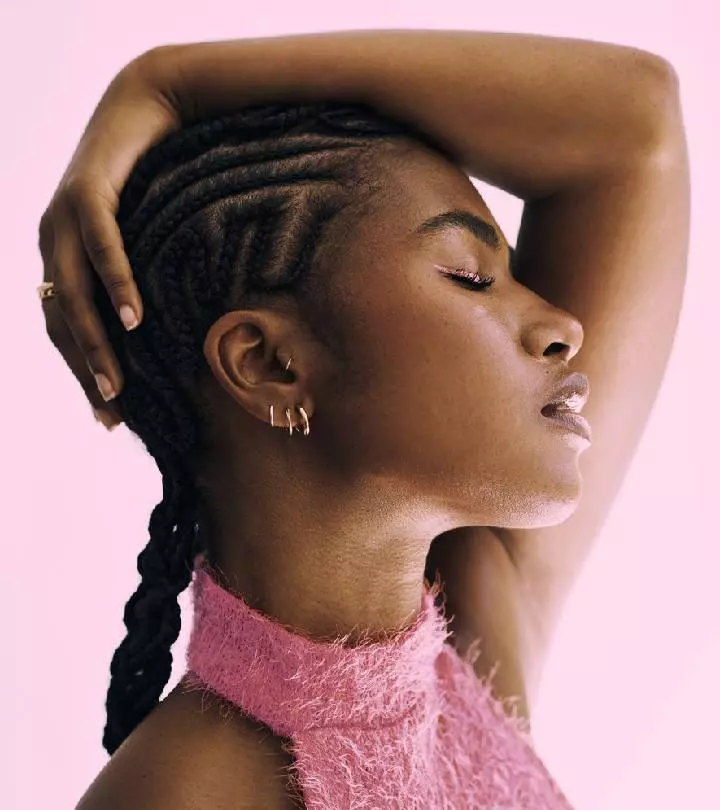

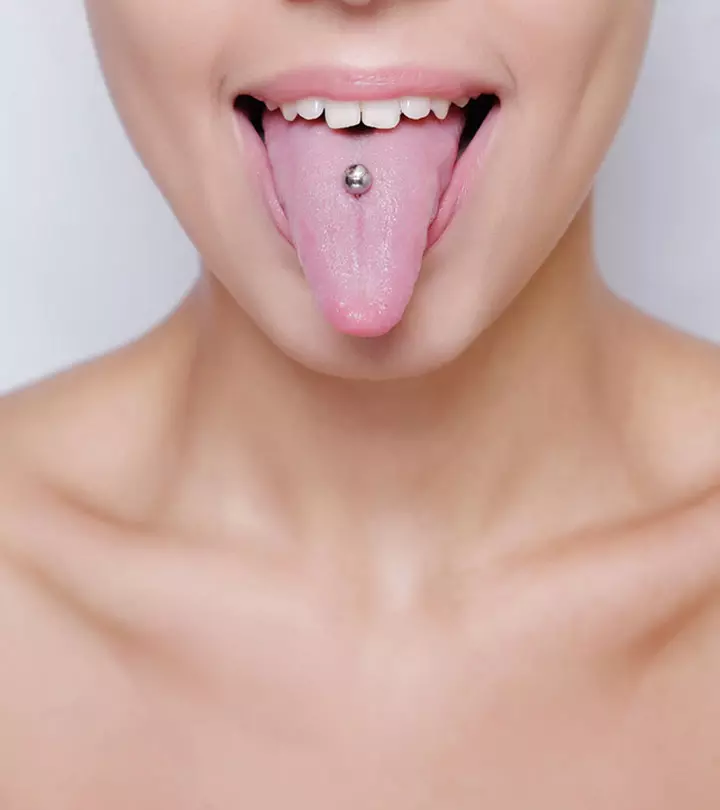


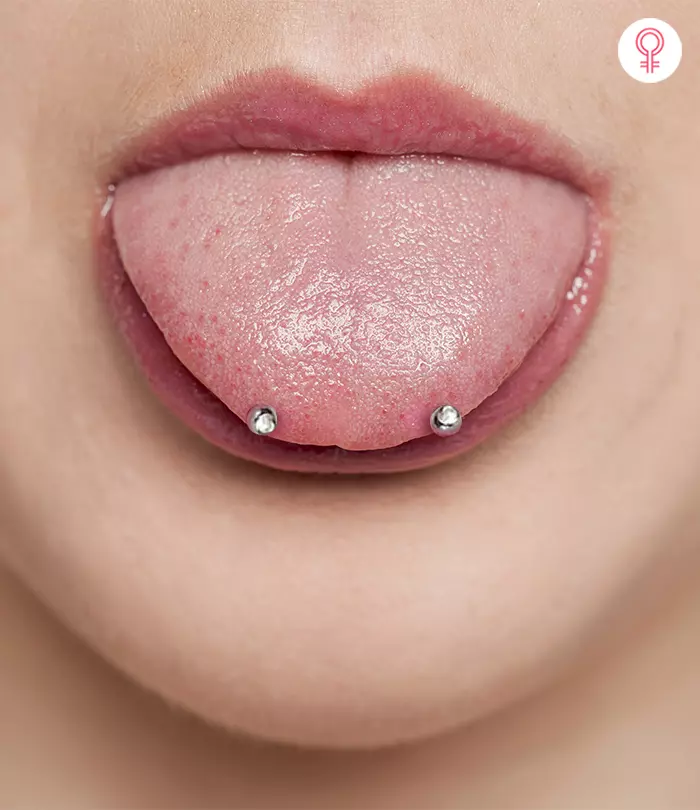
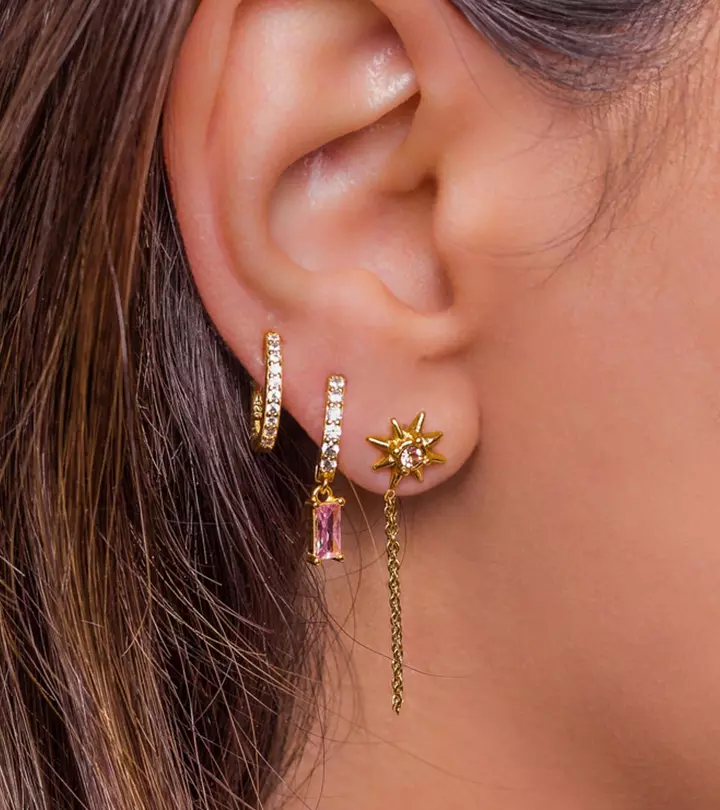
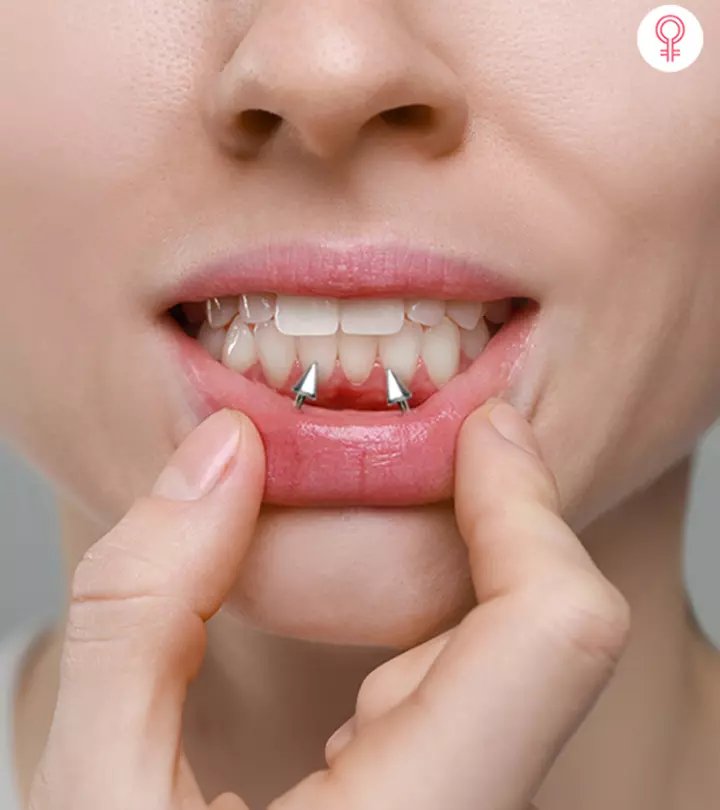



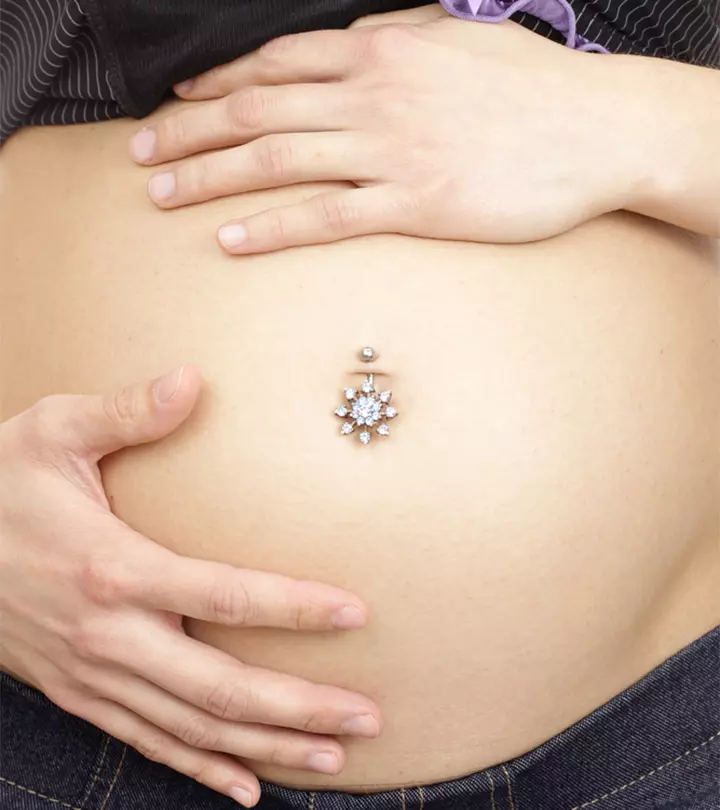
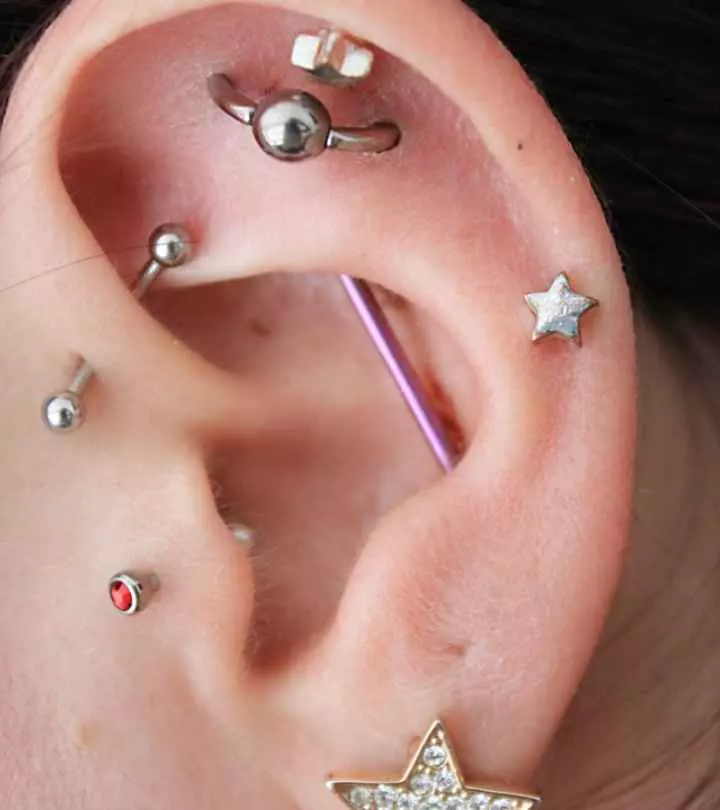
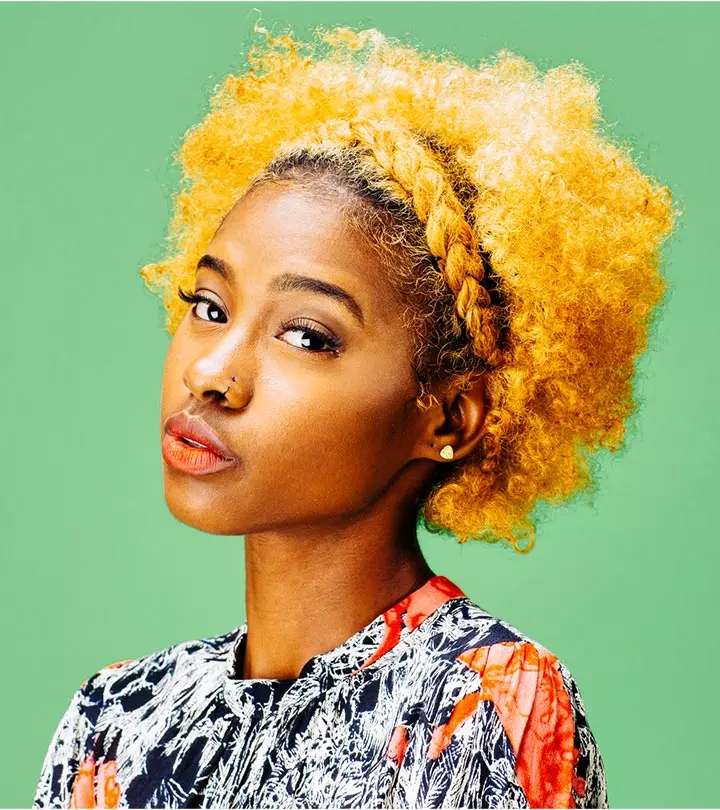


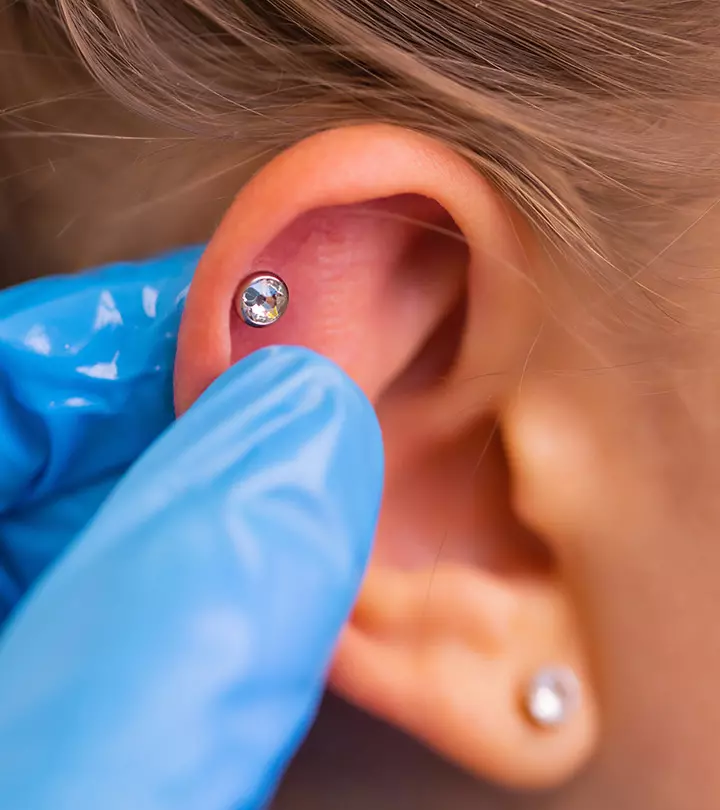
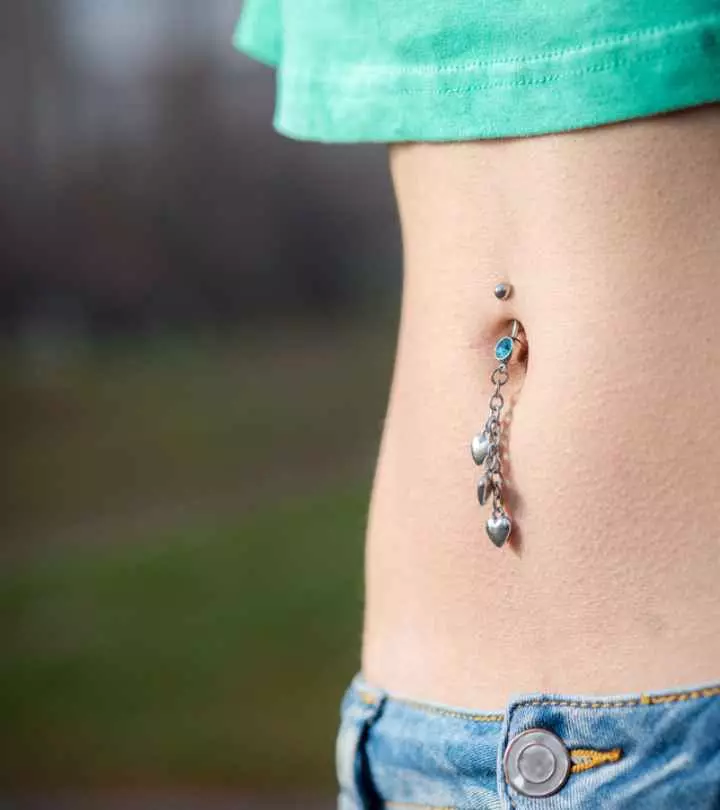
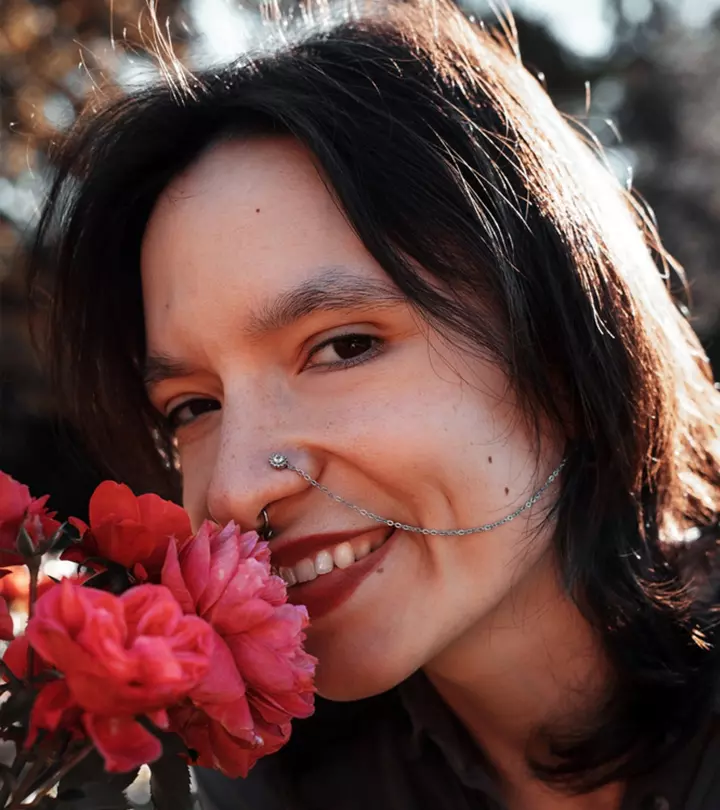
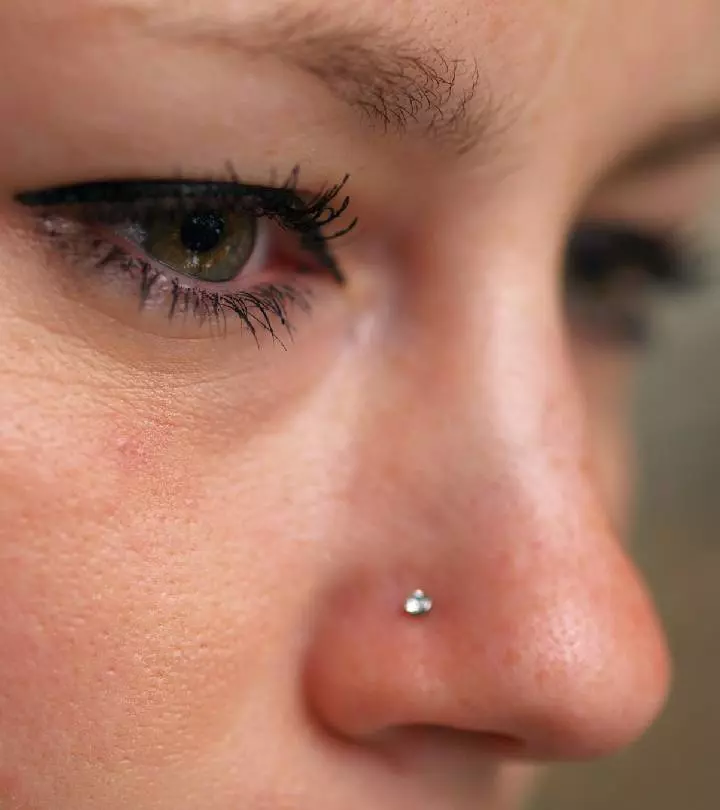

Community Experiences
Join the conversation and become a part of our empowering community! Share your stories, experiences, and insights to connect with other beauty, lifestyle, and health enthusiasts.